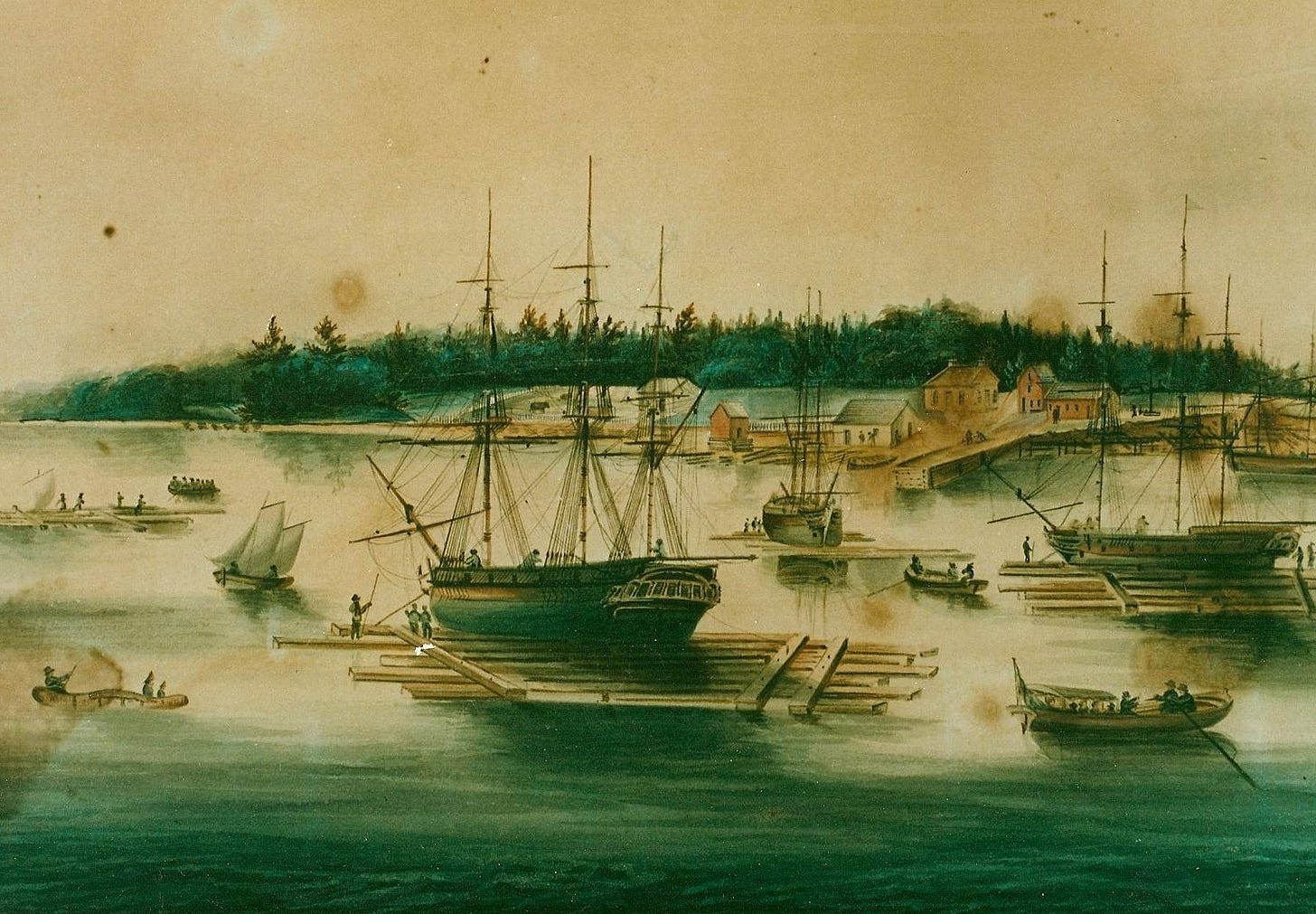VICKERS: The rich history of Beaubears Island
National historic site sits at the confluence of Miramichi River's main branches

Beaubears Island on the Miramichi River is steeped in history, from its early use by the Mi’kmaq to its prominence in the 19th-century shipbuilding industry and its preservation as a modern historical site.
The island has witnessed cultural changes dating back hundreds of years and is considered a significant part of the region’s heritage.
Before European settlers arrived, Beaubears Island was an integral part of life for the Mi’kmaq people as a seasonal home and hunting ground for thousands of years. The Mi’kmaq eventually traded with early French settlers who arrived in the 17th century, particularly missionaries and fur traders. Beaubears Island became a site for these exchanges, where goods and furs flowed between the Mi’kmaq and the French.
Beginning in 1755, in the 18th century, the island became a refuge for Acadians fleeing British forces during the Le Grand Dérangement. The dense forests and isolation of Beaubears Island provided temporary safety for hundreds of Acadians who had been forced to abandon their homes.
For a brief time, the island offered sanctuary to those hoping to evade deportation. However, by 1760, British forces discovered the Acadian refugees, leading to the final phase of expelling them out of the region. Although some Acadians escaped, many families were torn apart, marking a tragic chapter in Canadian history.
The island is a reminder of this painful period, during which survival often came at the cost of losing homes and generations-old heritage.
By the early 19th century, Beaubears Island became a hub of economic activity. As the timber trade grew, the island became a key site for shipbuilding due to its proximity to vast forests.
Keep reading with a 7-day free trial
Subscribe to Northumberland Free Press to keep reading this post and get 7 days of free access to the full post archives.




